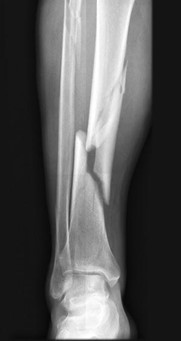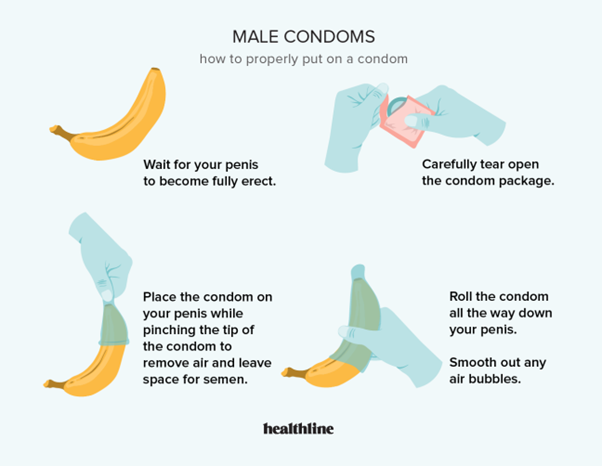A nurse is assessing a client who is in skeletal traction for a fractured left tibia. The nurse should identify that which of the following findings indicates altered tissue perfusion of the affected extremity?
Pain with movement of the left great toe
Faint pedal pulse of left leg
Warm skin temperature distal to pin site
Purulent drainage at the pin site
The Correct Answer is B
Choice A reason:
Pain with movement of the left great toe is incorrect finding: Pain may be expected in a client with a fractured left tibia, especially if the great toe is moved. Pain is more related to the fracture and may not specifically indicate altered tissue perfusion.
Choice B reason:
Faint pedal pulse of the left leg is correct because it indicates that the blood flow to the foot is diminished. The pedal pulse is the pulse felt on the top of the foot, and its faintness could suggest reduced arterial blood flow to the foot.
Choice C reason:
Warm skin temperature distal to the pin site is incorrect: Warm skin distal to the pin site may indicate adequate blood flow and could be a normal finding. Warmth is generally associated with increased blood flow to the area.
Choice D reason:
Purulent drainage at the pin site is incorrect. Purulent drainage at the pin site could indicate an infection, but it is not directly related to altered tissue perfusion. Infection can lead to complications, but it does not necessarily indicate reduced blood flow to the extremity

Nursing Test Bank
Naxlex Comprehensive Predictor Exams
Related Questions
Correct Answer is B
Explanation
A is incorrect because documenting client tasks upon completion is an appropriate action by the newly licensed nurse that demonstrates accuracy and timeliness of documentation.
B is correct because starting a task then determining what supplies are needed is an inappropriate action by the newly licensed nurse that indicates poor planning and organization skills.
C is incorrect because completing a client assessment while infusing an IV antibiotic over 30 min is an appropriate action by the newly licensed nurse that demonstrates efficient use of time and multitasking ability.
D is incorrect because returning to the nurses' station after completing several tasks in the same location is an appropriate action by the newly licensed nurse that demonstrates effective prioritization and delegation skills.
Correct Answer is D
Explanation
Choice A reason
"I can use natural-skin condoms to prevent sexually transmitted infections." This statement is incorrect. Natural-skin or lambskin condoms are not recommended for preventing sexually transmitted infections (STIs). They may provide some protection against pregnancy but do not effectively protect against STIs. Clients should use latex or polyurethane condoms to reduce the risk of STIs.
Choice B reason
"I can use petroleum jelly as a lubricant with the condom." This statement is also incorrect. Petroleum jelly (Vaseline) and other oil-based lubricants can damage latex condoms, leading to a higher risk of breakage or failure. Clients should use water-based or silicone-based lubricants with latex or polyurethane condoms.
Choice C reason:
"I can re-use the condom one time after initial use." This statement is incorrect. Condoms are designed for single-use only. Reusing a condom increases the risk of breakage, failure, and the transmission of STIs or unwanted pregnancy. Clients should always use a new condom for each sexual act.
Choice D reason:
"I can store the condoms in the drawer of my nightstand." This statement is correct because it indicates that the client understands the proper storage of condoms. Storing condoms in a cool, dry place, such as a drawer or a condom case, helps protect them from damage or deterioration, ensuring they remain effective when needed.

Whether you are a student looking to ace your exams or a practicing nurse seeking to enhance your expertise , our nursing education contents will empower you with the confidence and competence to make a difference in the lives of patients and become a respected leader in the healthcare field.
Visit Naxlex, invest in your future and unlock endless possibilities with our unparalleled nursing education contents today
Report Wrong Answer on the Current Question
Do you disagree with the answer? If yes, what is your expected answer? Explain.
Kindly be descriptive with the issue you are facing.
